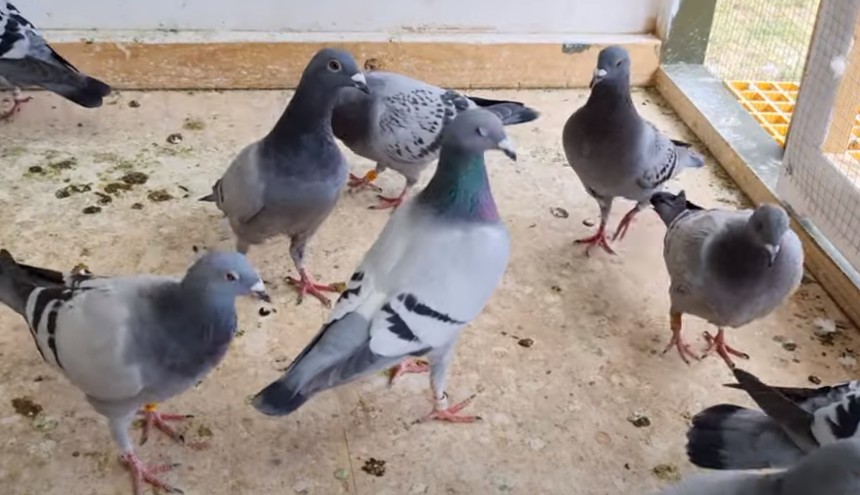Any wild animal removal specialist will tell you that animals in the sub floor vent is a tricky job to put right, especially when they’re birds. It’s a job that actually makes many wildlife control experts groan, so you can imagine how labour-intensive the operation will be. If it’s a job that the professionals would rather not do, it’s definitely one that you don’t want to attempt DIY-ing.
To say there are a few things that could go wrong would be somewhat of an understatement.
Being quite craft and small flying critters, birds can easily get into the sub floor vent, usually getting in from the outside and making their way around the system. Flexible vent tubes are easily torn about my sharp beaks and powerful, tapping feet, and it won’t be long before they’ve found their way right into the heart of your home.
If it’s quite difficult getting into the sub floor vent in the first pace, requiring damage, neglect and a bit of broken tubing to get there, you can understand how difficult it will be to not only get the birds out, but also clean up a nest or any mess they may have left behind. Sadly, mess and nests are two things very commonly and usually left behind by all wild animals, and birds in the sub floor vent are no exception to that rule.
What equipment is necessary for removal of birds in sub floor vents?
You’re going to need a pen and a piece of paper for this, because the list of tools you will need is l-o-n-g.
You will need to bear in mind that the sub floor vent is usually between the flooring upstairs and the ceiling downstairs, so ladders are a must-have. This isn’t the kind of job you can do by just hoping on top of the dining room chairs.
You will need a second person to give you a hand when using ladders, for the obvious safety reasons, and you’ll also probably need the kind of tools that will, quite literally, break into your home. These vents are usually hidden away in places that have been kept hidden away since the home was first built. Back then, there weren't softer materials such as drywall to play around with either, so these are going to be well hidden by strong barriers. These barriers will need to be broken down in order to get to the bird inside, and the nest that may be accompanying it, and this might mean cutting down or asking down actual sections of the walls or structural foundations of your home.
This is why we would advise leaving this job to the professionals.
Things to bear in mind with removal of birds from sub floor vent:
There are too many things to take into consideration when you are trying to remove any animal from the sub floor vent of your home, and definitely with birds.
If you’ve noticed these animals, or the noises they make, in the spring, there is a good chance of a full-blown nest being hidden away somewhere in your vent system, and you will need to find the nest, as well as the parents. In some cases, the nest will be filled with youngsters and not eggs, and if the birds are not yet established enough to be able to fend for themselves to some degree, there’s a good chance that the damage, noise and destruction you cause trying to get them out would more than likely kill them. When the bird(s) is dead, you won’t be able to use the noise of the animal to locate where it’s coming from, and it’ll actually make the job much more difficult. Listening out for wild animals is one of the most basic ways to learn from them, and then use your knowledge to protect your home and your family, and if you kill the animal, you no longer have that sense to fall back on.
Unless you know the in-between floor-sections of your home like the back of your hand, there’s a good chance you won’t even be able to find the birds in your sub floor vent, let alone remove them.
You will need to look at the species of the bird before you take any action, and, in fact, identify whether or not the animal is a bird at all. In sub floor vent systems, bats could also be the cause of noise and damage, and there are several laws surrounding bats and their removal from property, both at state and federal level. Some bat species and threatened or endangered, and to move them or injure them could prove devastating to their existence on our planet.
